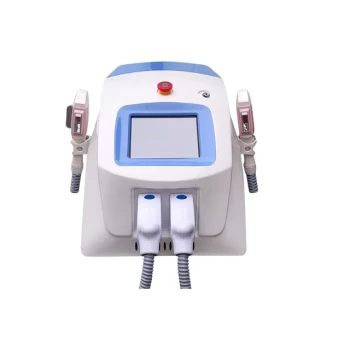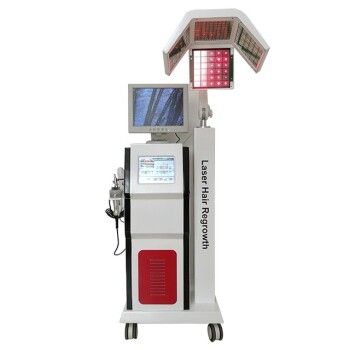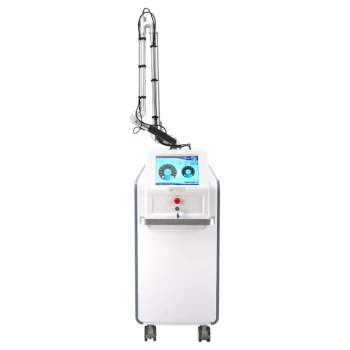The ideal frequency for laser hair removal is not a one-size-fits-all schedule. It is dictated entirely by the hair growth cycle, which varies significantly depending on the area of the body being treated. For this reason, sessions for the face are typically scheduled every 4-6 weeks, while sessions for the legs are scheduled every 10-12 weeks.
The single most important principle of laser hair removal is this: the laser is only effective when the hair is in its active growth phase. The entire treatment schedule is strategically designed to target the maximum number of hairs in this specific phase to ensure a successful outcome.
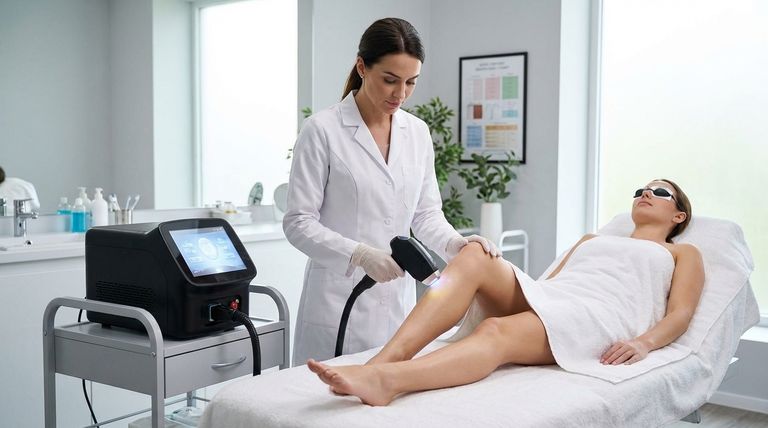
Why Timing is the Most Critical Factor
To understand the scheduling, you must first understand the biology of your hair. Hair grows in three distinct stages, and the laser can only disable the follicle during one of them.
The Target: The Anagen (Growth) Phase
This is the active phase where the hair is physically connected to the papilla (the root), which supplies it with blood. The laser's energy travels down the pigmented hair shaft to destroy this root. A hair must be in the Anagen phase for the treatment to be effective.
The Ineffective Stages: Catagen and Telogen
The Catagen (transitional) and Telogen (resting) phases are when the hair detaches from the papilla and prepares to shed. A laser's energy cannot reach the follicle's root during these stages, rendering the treatment useless on those specific hairs.
A Staggered Process
At any given moment, only a fraction of your hair (typically 10-20%) is in the Anagen phase. This is why multiple sessions are essential. Each treatment targets the current crop of active hairs, and the waiting period allows the next group of dormant hairs to enter the Anagen phase.
Recommended Frequencies by Body Area
The length of the hair growth cycle determines the optimal time between sessions. Faster-growing hair requires shorter intervals, while slower-growing hair requires longer ones.
Face and Neck: 4-6 Weeks
Hair in this area grows rapidly and has a shorter cycle. More frequent treatments are necessary to catch the hairs as they enter their growth phase.
Underarms, Bikini, Chest & Back: 8-10 Weeks
These areas have a moderate growth cycle. Spacing treatments 8-10 weeks apart provides the best window to target a new wave of active hair follicles.
Legs: 10-12 Weeks
Hair on the legs has the longest growth cycle. Waiting longer between sessions is crucial to allow a sufficient number of dormant follicles to become active.
The Consequences of an Incorrect Schedule
Adhering to the recommended schedule is not arbitrary; it directly impacts the efficiency and cost-effectiveness of your treatment.
The Risk of Treating Too Soon
Scheduling sessions too close together is the most common mistake. It does not lead to faster results. Instead, you are treating the same, small set of active follicles while the majority are still dormant, effectively wasting the session.
The Problem with Waiting Too Long
While less detrimental than going too soon, waiting significantly longer than recommended can also disrupt the process. It may cause you to miss the ideal window for a large group of hairs, potentially extending the total number of sessions needed to achieve your goal.
Consistency is the Key
The entire laser hair removal process is a systematic effort to target and eliminate hair follicles as they cycle into the Anagen phase. A consistent, properly timed schedule ensures you are always treating the highest possible percentage of active hairs.
How to Maximize Your Treatment Success
Understanding these principles empowers you to be an active partner in your treatment plan.
- If your primary focus is efficiency and value: Strictly adhere to the schedule recommended by your provider, as this is timed to your body's natural hair growth cycle for maximum impact.
- If you are treating multiple body areas: Be prepared to follow different schedules for each area, as their growth cycles can vary significantly.
- If you have to miss or reschedule an appointment: It is generally better to wait a little longer than to go in too early. Consult your provider to find the best revised date.
Ultimately, respecting the biological rhythm of your hair's growth is the key to achieving the best possible results from your laser hair removal investment.
Summary Table:
| Body Area | Recommended Frequency | Key Reason |
|---|---|---|
| Face & Neck | Every 4-6 Weeks | Rapid hair growth cycle |
| Underarms, Bikini Area | Every 8-10 Weeks | Moderate growth cycle |
| Legs | Every 10-12 Weeks | Longest hair growth cycle |
Achieve Flawless, Hair-Free Skin with BELIS
Unlock the full potential of laser hair removal for your clinic or salon. Proper timing is essential, but so is using professional-grade equipment designed for safety and efficacy.
BELIS specializes in professional medical aesthetic equipment, providing advanced laser systems that ensure precise treatments and superior client results. Our devices are trusted by medical aesthetics clinics and premium beauty salons worldwide.
Partner with BELIS to offer your clients:
- Effective Treatments: Target hair follicles with precision during the optimal growth phase.
- Client Satisfaction: Deliver consistent, comfortable, and long-lasting hair reduction.
- Business Growth: Enhance your service offerings with reliable, state-of-the-art technology.
Ready to elevate your laser hair removal services? Let our experts help you choose the perfect equipment for your needs.
Contact BELIS today for a personalized consultation!
Visual Guide
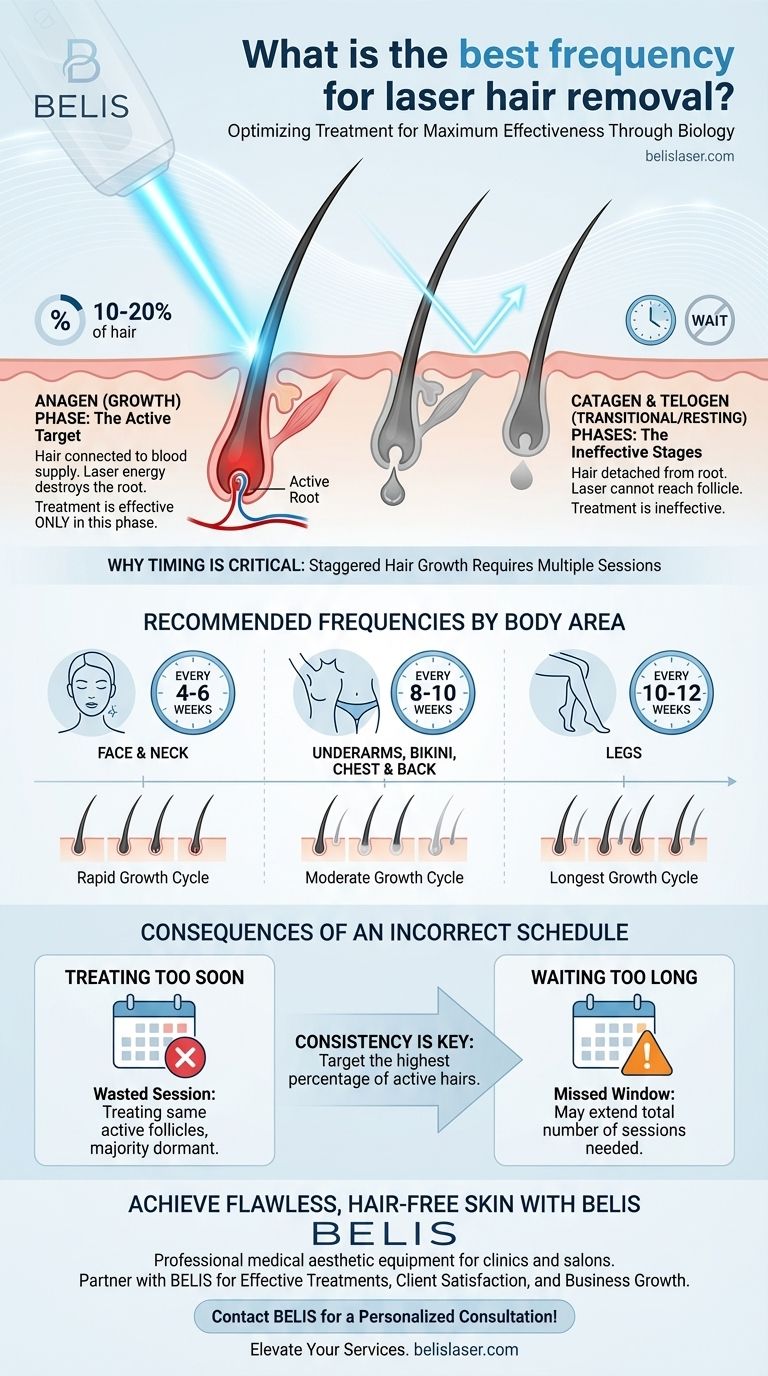
Related Products
- Trilaser Diode Hair Removal Machine for Beauty Clinic Use
- Diode Tri Laser Hair Removal Machine for Clinic Use
- Clinic Diode Laser Hair Removal Machine with SHR and Trilaser Technology
- Diode Laser SHR Trilaser Hair Removal Machine for Clinic Use
- Clinic Use IPL and SHR Hair Removal Machine with Nd Yag Laser Tattoo Removal
People Also Ask
- Can you use laser hair removal on intimate areas? Achieve Lasting Smoothness and Comfort
- Who is not a good candidate for laser hair removal? Ensure Your Safety and Results
- How often should you get laser hair removal for best results? The 4-6 Week Rule Explained
- Does laser hair removal build collagen? The Truth About Laser Targets and Skin Goals
- What is the best gap between laser hair removal sessions? The 4-6 Week Rule for Optimal Results





